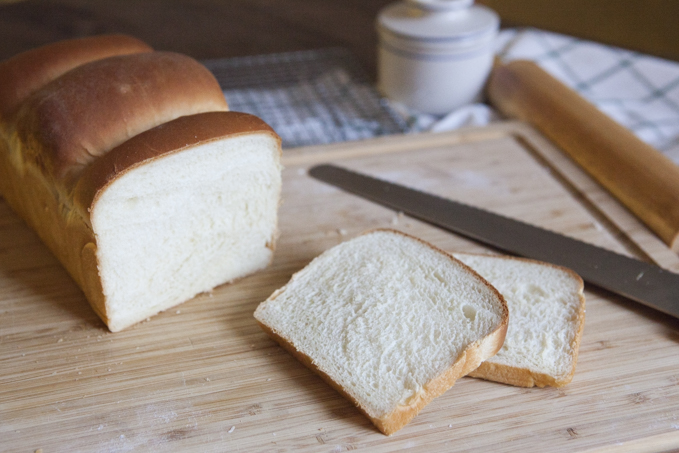Japanese Style Shumai

Although shumai is a Cantonese dish, the one I'm sharing with you today is not the ones you see at Dim Sum. Like Americans, the Japanese have also interpreted and reinvented foreign cuisine. The recipe for today's shumai is the one made popular in Japan. The ones I used to eat at home.
The filling requires very few ingredients and is simple to make. You small dice some onions and shiitake mushrooms and mix it into the ground pork with potato starch. You flavor the mixture with salt, soy sauce, sugar and sesame oil. Once you've got everything in the bowl, dig your hands right in and start mixing. Once it's well mixed, you're ready to start wrapping.
[one-half-first]
Once you have your mise in place, you're ready to start. Put a wonton skin in your less dominant hand and place a 1 inch ball of filling in the center using your knife (you can use a spoon here if it's easier, but it's best to keep your hands clean). Now cup the the filling and wrapper with your thumb and index finger. Apply some pressure to mold the filling into a cylindrical shape and use the knife to keep the filling from spilling over. Then using the tip of your butter knife, fold in the extra wonton skin over across the filling. Lastly, flatten the bottom with your right hand and you're done. Place your shumai in the steamer baskets and cover with a damp towel to keep from drying out. Make sure to space our your shumai so that they don't all stick together.
Once you're done wrapping all of your filling, you're 20 minutes from eating a delicious meal. Fill up the wok about a third of the way up with water so that the steamer baskets is not touching it. Heat the wok on high until the water begins to boil and then carefully place the baskets with the lid in the wok (make sure to remove the damp towel at this point). Set your timer for 20 minutes and pat yourself on the back. If it's your first time, be sure to check on your wok once in a while to make sure the water is still steaming and it hasn't all evaporated. There's enough between my wok and steamer height that I can go a good 40 minutes on high heat without having to replenish the water.
After the 20 minutes is up, be very careful when removing the baskets out of the wok. Use gloves or dry towels because it gets very hot. Also be careful of the hot steam when you first open the lid. If you want to add a scallion as garnish as I did, you can add it in the last minute of steaming.
For the dipping sauce, I like to do soy sauce with karashi (からし/Japanese mustard) but you can add chili bean paste, sesame oil, or rice wine vinegar to spice things up.







Comments
Post a Comment